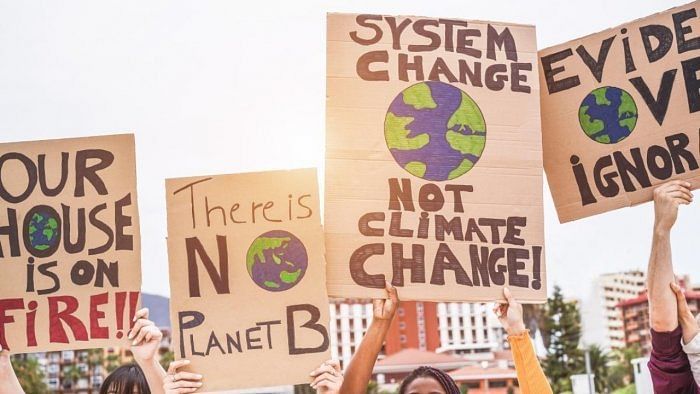
When bestselling science-fiction writer Kim Stanley Robinson opened his latest novel, The Ministry for the Future, he set the scene in India, where a deadly heat dome wipes out almost the entire population of a provincial city, sewing the seed for a radical political movement to combat climate change.
Two years after the book was released, a new study published this week in the Proceedings of the National Academy of Sciences offers troubling data that could turn Stanley’s narrative into reality. The researchers found that more than half the people on Earth who face life-threatening heat stress caused by climate change live in India. Urban dwellers in world’s second-most populous nation have borne the brunt of global warming over the last three decades, and the risks to their health are poised to rise.
“Our analysis calls into question the future sustainability and equity for populations living in and moving to many of the planet’s urban settlements,” wrote the authors, who are all based in the US “Climate change is increasing the frequency, duration, and intensity of extreme heat across the globe.”
India has 17 of the 50 cities most affected by heat stress. New Delhi ranked second, while Bangladesh’s capital Dhaka topped the list.
The researchers conducted a statistical analysis of 13,115 cities worldwide using the so-called wet bulb index — a measure that accounts for temperature, humidity, wind speed and radiant heat. When that measure exceeds 30 degrees Celsius (86 degrees Fahrenheit), the International Standards Organization says that workers face heat-related illnesses that can lead to death.
“Exposure to extreme heat in urban areas is much more widespread — and increasing in many more areas — than we had previously realised,” said co-author Kelly Caylor, director of the University of California at Santa Barbara's Earth Research Institute. “Almost one in five people on Earth experienced increases in exposure to urban heat over the past 30 years.”